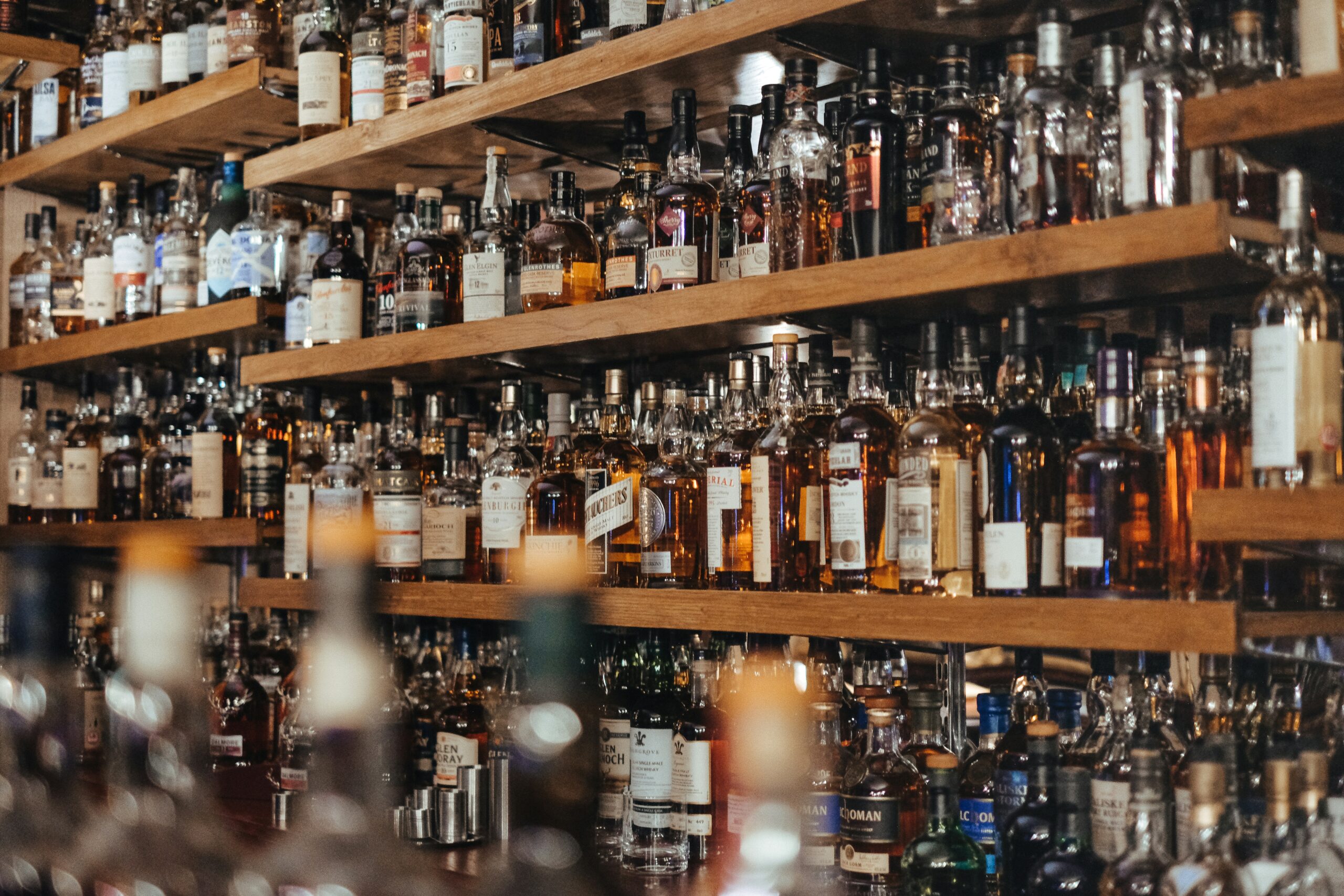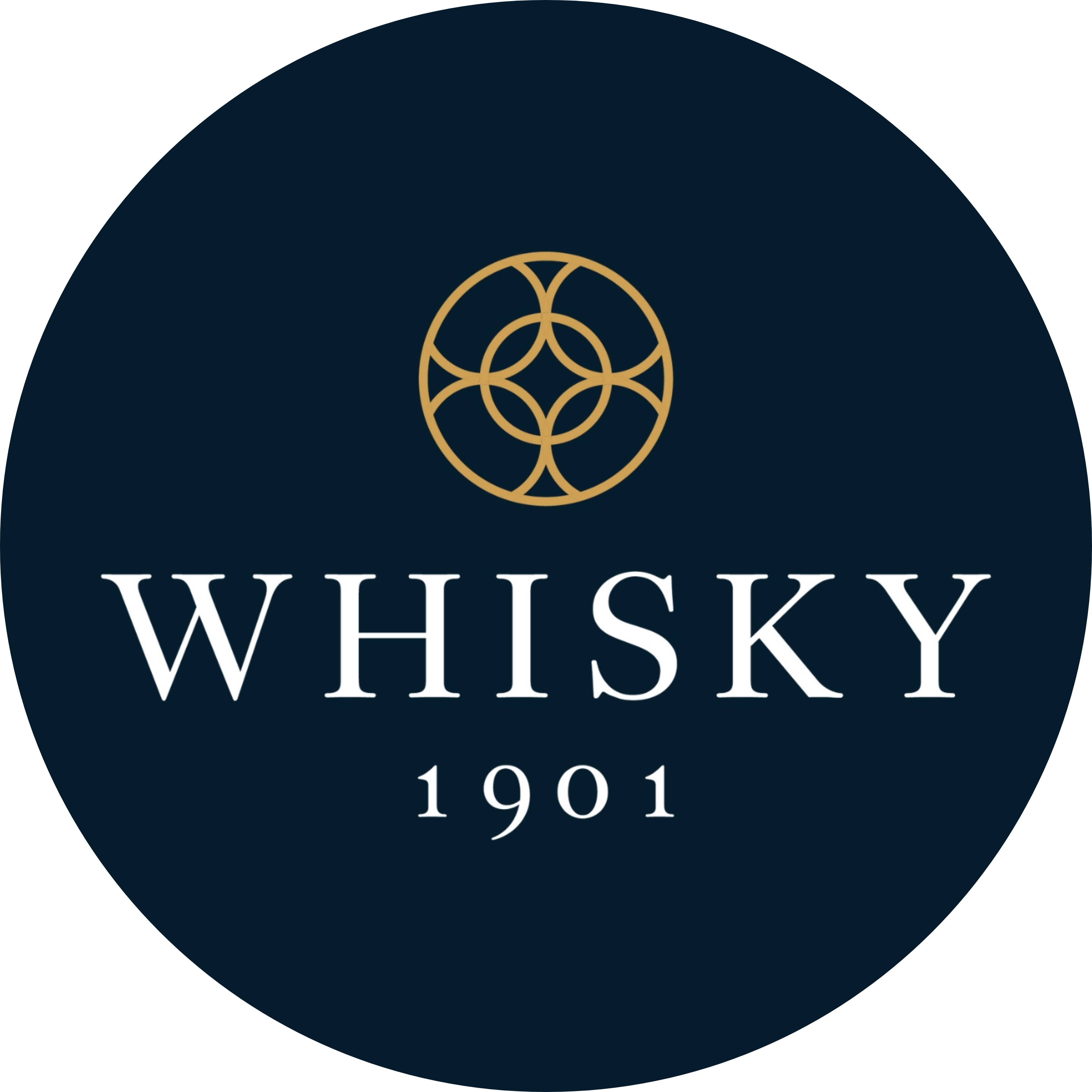Australia
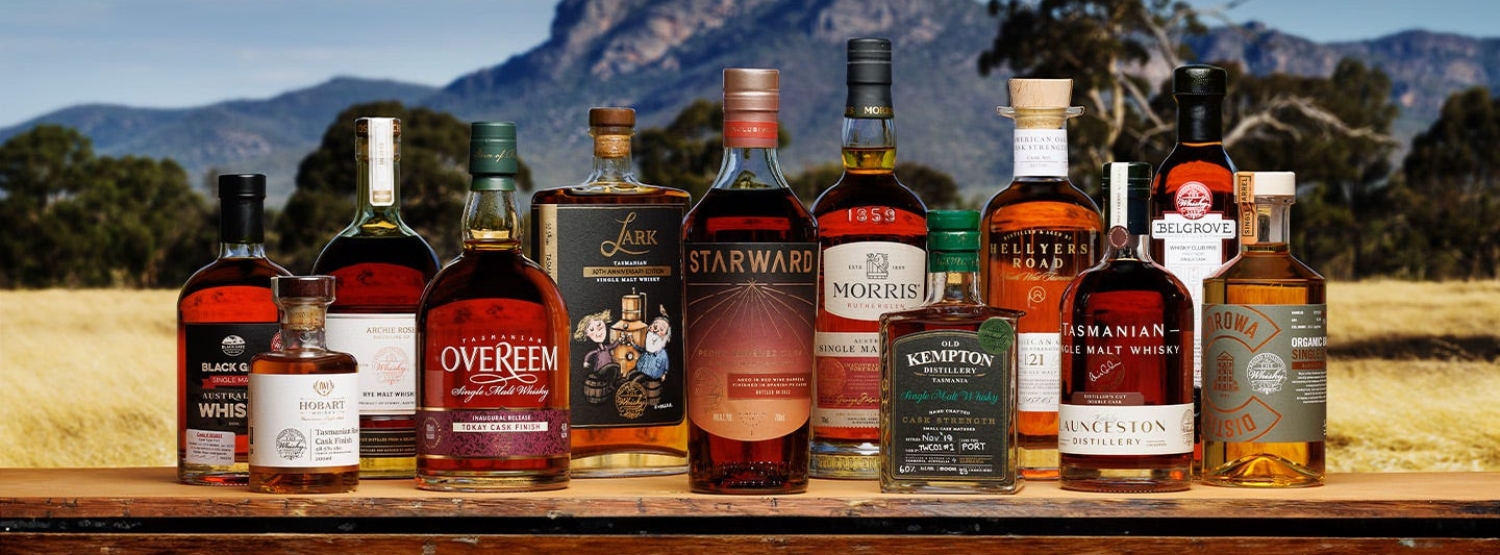
Much like the new world wine movement, the Australians grabbed whisky distilling and ran with it. While many of the names on the market are new, the country has more of a whisky-making heritage than you may realise.
It began in the early 1990s in Tasmania, when Australia’s island state became a hotbed of craft whisky distilling way before it was cool. Lark was the first in 1992, joined by the now-famous names of Sullivan’s Cove and Hellyers Road distilleries later in the decade.
While Tasmania remains a stronghold, with new names such as Overeem sitting alongside the older distilleries, many other artisanal producers have popped up all over the country in the last decade from the outback to urban environments. There are now over 80 different distilleries making whisky.
Arguably the most successful of these is Starward – which began life in a hangar at Melbourne airport before moving to a state-of-the-art distillery in the suburbs. The brand is a huge success and leads the way for Australian whiskies.
India
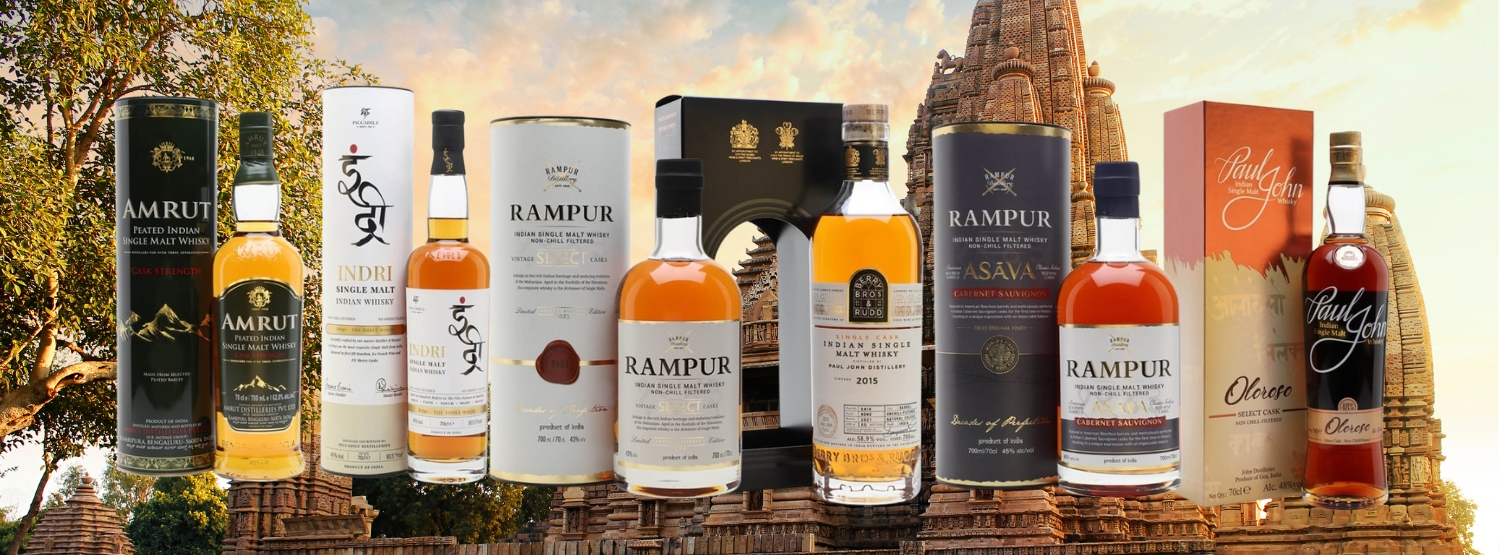
The idea of Indian whisky seems slightly alien to many, but the vast country is one of the world’s largest consumers of the spirit. Not only are Scotch whisky blends massive there, but there is also a thriving market for its own whiskies. Many are not available outside of India.
In fact, four of the top five best-selling whiskies in the world are Indian but you may never have heard of them. McDowell’s No.1, Royal Stag, Officer’s Choice and Imperial Blue. Only Johnnie Walker breaks the monopoly.
Out of this huge domestic market have risen several premium brands, most of which are aimed at the European and North American consumer. Primarily single malts, they are very different products to those from Scotland.
The heat and humidity play a huge part in boosting cask activity during maturation to give highly expressive flavours. Brands to look out for are Indri and Rampur, both from the foothills of the Himalayas, and Paul John and Amrut from the south, Goa and Bengaluru respectively.
Scandinavia
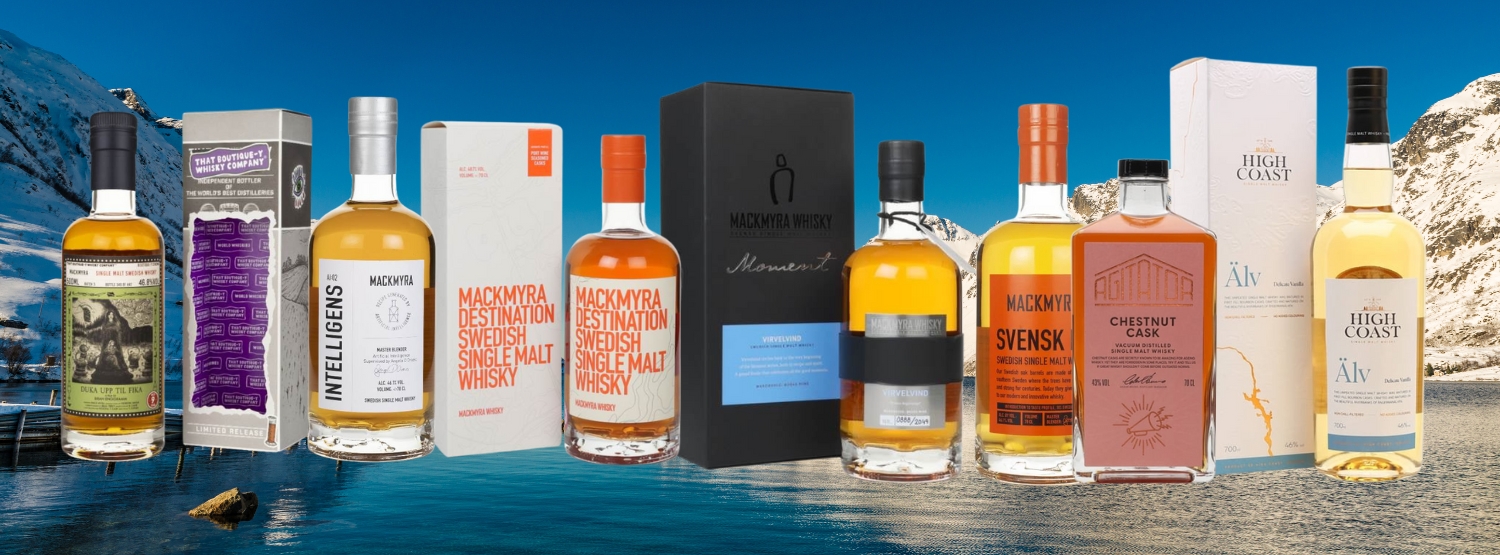
This region was at the very forefront of the craft distilling revolution that swept across Europe. Home to two of the early pioneers – Mackmyra in Sweden founded in 1999, and Stauning in Denmark founded in 2006 – it played a major role in the reintroduction of rye whisky into the landscape.
Rye is native to Scandinavia, so it is natural that people use indigenous crops to make whisky. Stauning leads the way here but others such as Kyro from Finland play a significant hand with some exceptional whiskies.
Many of the distillers started small and expanded to meet consumer demand. While most have traditionally relied on patriotic home support, a few have broken into the mainstream. Mackmyra, Stauning and Kyro predominantly. Others coming through include Mosgaard and Copenhagen (Denmark), Teerenpeli (Finland) and High Coast (Sweden).
They make whisky there?
Probably the one region that surprises people the most is Mexico. Naturally you think of tequila and mezcal from the Central American country. But Destileria Abasolo is making whisky high in the mountains to the north of Mexico City. Abasolo is made of 100% native corn and uses a variety that is no longer commercially farmed. It is also cooked prior to production in a way used by the Aztecs.
Other quirky whisky making regions to check out include China and Spain. The Chinese are new to the whisky market, but distilleries are popping up around the country. Several have been built by the large spirits companies, including Diageo and Pernod Ricard, showing an intention to make it a success.
Another surprise is Spain, which is home to Distilerio Molino del Arco in Segovia – one of mainland Europe’s oldest whisky distilleries. It is home to the DYC blended whisky brand, which you will find everywhere in Spain.
To find out more about whisky flavours from across the world and opportunities to invest in the spirit closer to home, get in touch with one of our experts.
**Disclaimer**
Whisky cask investments are unregulated in the UK. The value of investments is variable and can go down as well as up. You have 14 days to change your mind and request a full refund under our cooling-off period. The volume of spirit will decrease over time (known as “the Angels’ share”). “New Make” spirit has to be matured for 3 years, during which time its alcoholic strength could be reduced. However, for the product to be classed as “whisky”, it must retain a minimum strength of 40%. Fees apply, see terms and conditions for details and terms around exiting your investment.
An investor may get back less than the amount invested. Information on past performance, where given, is not necessarily a guide to future performance. The capital invested can fluctuate and the price of casks can go down as well as up and is not guaranteed. The investments and services offered by us may not be suitable for all investors. If you have any doubts as to the merits of an investment, you should seek advice from an independent financial advisor. The Whisky 1901 Ltd sale price includes a discretionary markup to cover the cost of services provided, including but not limited to, storage, movement and maintenance of casks, insurance, front and back-office software.
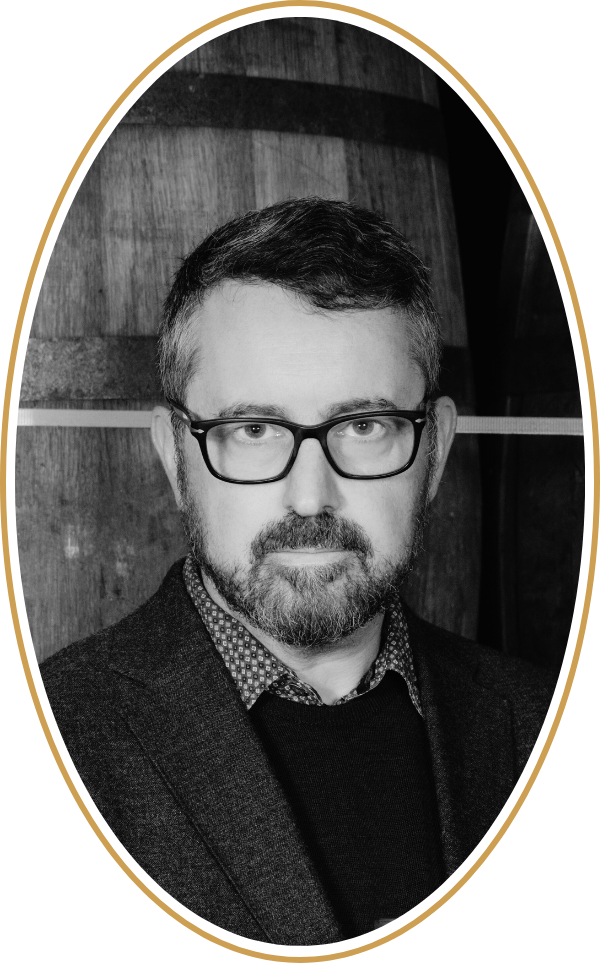
by Matt Chambers
Master of Whisky
27.09.24


